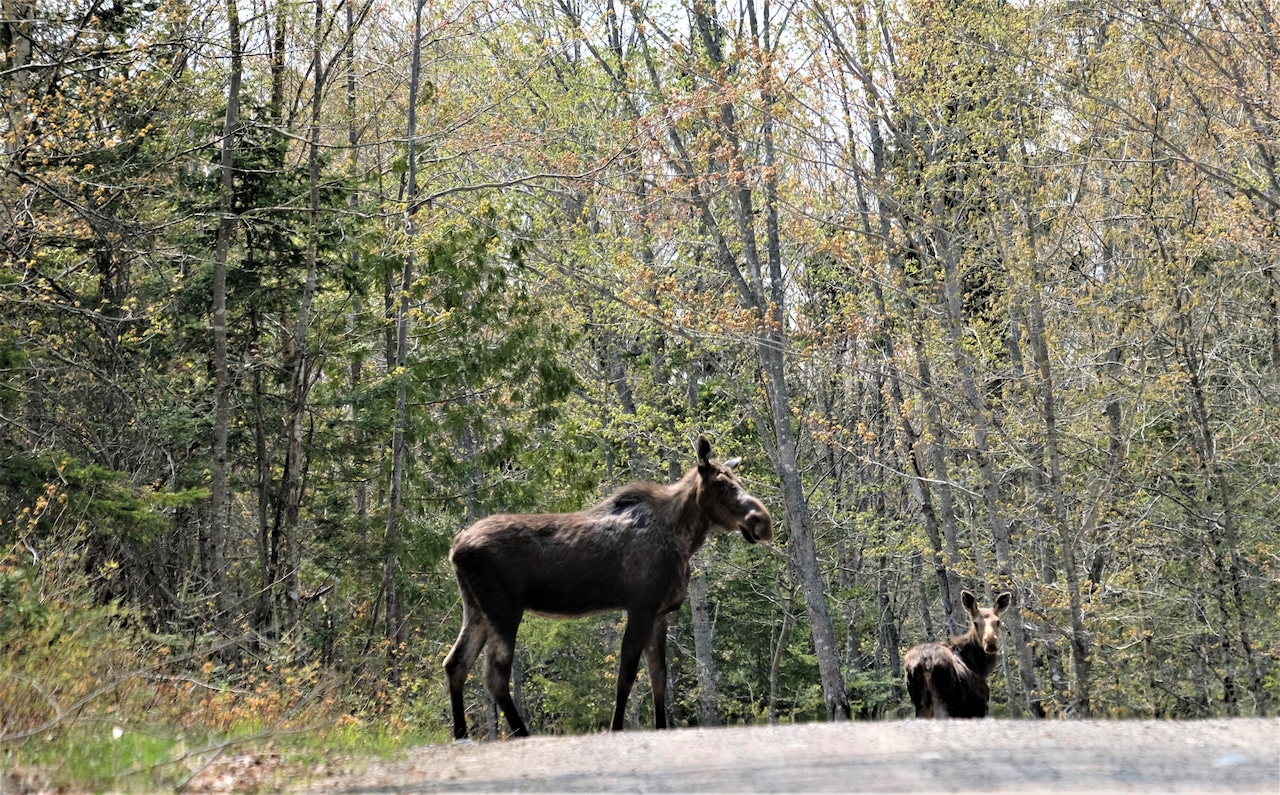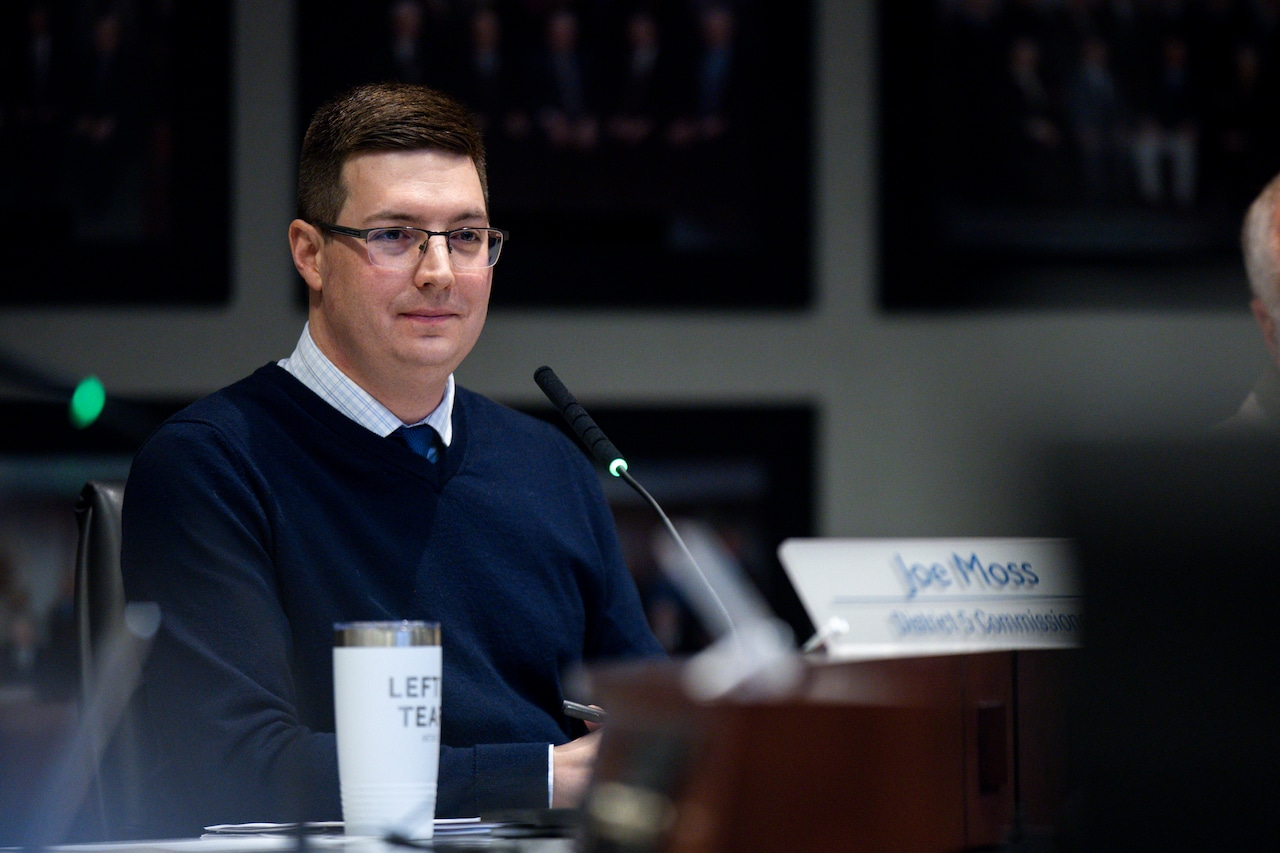Copyright M Live Michigan

With moose-vehicle crashes on the rise, wildlife specialists want motorists to know these important steps to take after hitting one a 1,000-pound animal. Time is of the essence when it comes to salvaging meat and collecting research samples after a moose dies in a crash, according to the Michigan Department of Natural Resources. The past four years have been “particularly deadly” with 60 moose dying due to vehicle collisions in Michigan’s Upper Peninsula, according to data collected by the DNR and Michigan Department of Transportation. So far in 2025, six moose have died. The worst year was 2022 with 20 fatalities. RELATED: 60 Michigan moose died in vehicle collisions on U.P. highways in 4 years If you hit a moose (or any large animal), take the following steps: Turn on your emergency flashers Stay buckled and move your vehicle to the shoulder of the road. If the vehicle is inoperable and still in the line of traffic, carefully exit and stand well off the road. Call 911 to report the crash. Call the DNR’s 24/7 Report All Poaching (RAP) hotline at 800-292-7800. Calling RAP alerts conservation officers who will attempt to salvage hundreds of pounds of meat. The DNR works with local meat processors and then donates the meat to food banks and other programs. However, salvage efforts must happen quickly. RELATED: 9 calves born to 6 moose collared for U.P. population study “When it’s warm, you’re fighting against the clock to salvage that meat,” said Sgt. Calvin Smith. “Plus, they’re a big animal and take longer to field dress. They’re not something you can just pick up by yourself and throw in the back of the truck.” In addition, DNR biologists will attempt to collect internal organs, a femur and the head for disease testing and health monitoring as part of moose mortality research. Slow down in moose country To avoid striking moose and other large animals, the Michigan Office of Highway Safety Planning advises motorists to stay alert, heed animal-crossing signs by slowing down, and use high-beam headlights to see the road better. “Moose pose a unique crash hazard in the Upper Peninsula that isn’t seen in lower Michigan,” said Alicia Sledge, OHSP director. “Residents and tourists driving in the Upper Peninsula should exercise caution when traveling in moose country.” RELATED: Where to watch for moose: 4 hotspots have the most crashes About 80% of moose-vehicle crashes occur on the western side of the U.P. on state or federal highways in an area bordered by southern Baraga County, eastern Iron County and southwest Marquette County. Since 1984, at least 266 moose have been hit by vehicles, and at least 251 of those have been killed. One likely reason for the recent increase in collisions is that the core moose herd in the western U.P. has shifted south over the past 10-15 years as the animals seek available habitat. Most moose-vehicle collisions occur at night between 9 p.m. and midnight. September is the most active month for moose deaths by vehicle, accounting for 21% of all collisions since 1984, followed by June (19%) and October (12%). RELATED: Latest Upper Peninsula moose survey shows unexpected drop, DNR explains what could be behind it There have been no known human deaths from moose-vehicle collisions, but the potential is always there when a car traveling 55-65 mph meets a 1,000-pound animal, said Tyler Petroelje, DNR wildlife research specialist. “In a sense, Michigan has been very lucky,” he said. “But at the same time, I think that’s one of those things that is a reality – it could happen at any point.” To learn more about Michigan’s mainland moose population, check the DNR’s website here.



